The Stone of Infinitely Long Endurance
The Binny quarries
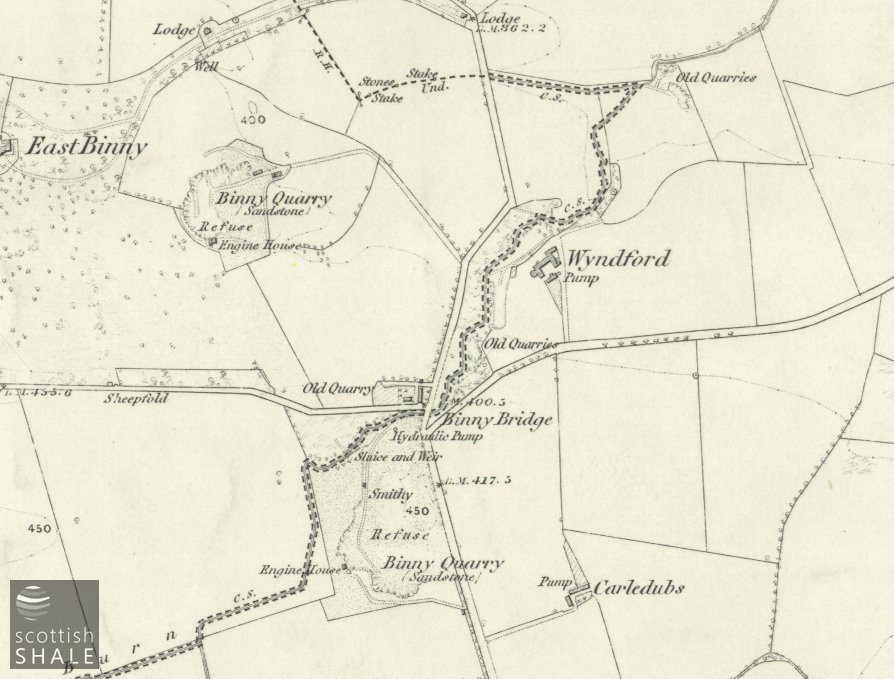
6" OS map c.1854, image courtesy National Library of Scotland.

6" OS map c.1895, image courtesy National Library of Scotland.
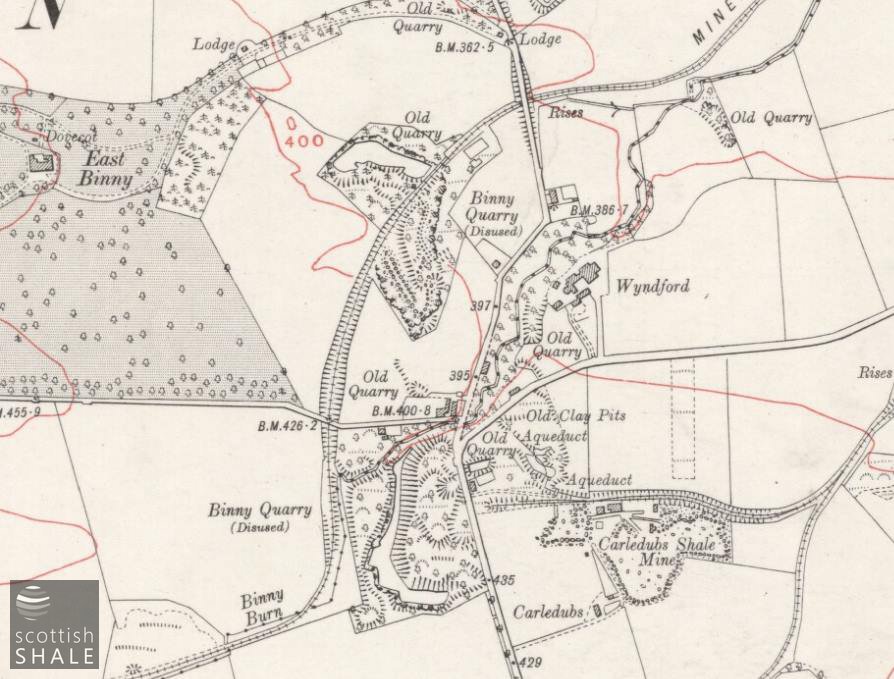
6" OS map c.1913, image courtesy National Library of Scotland.
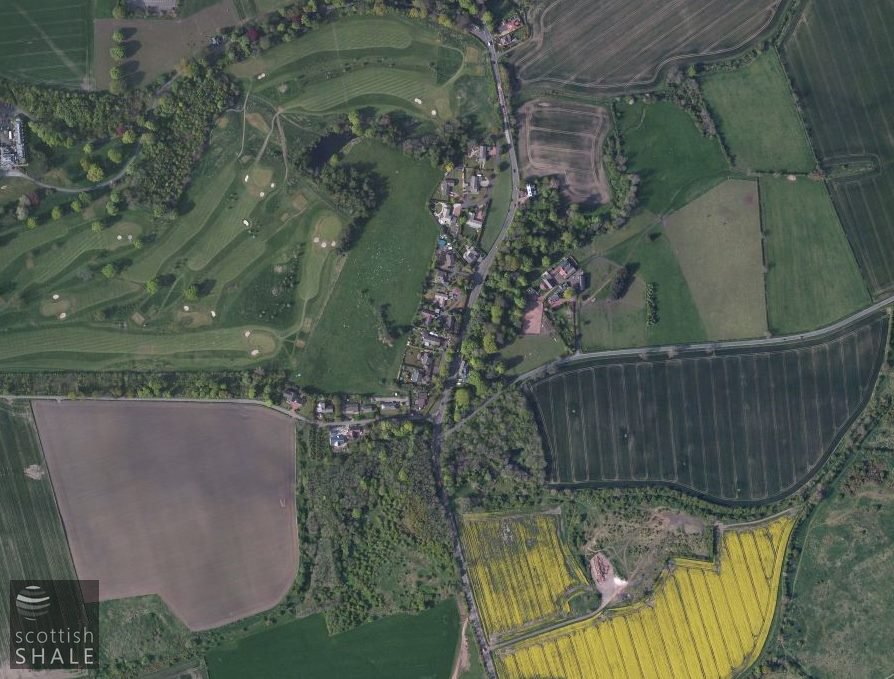
Aerial view.
F17048, first published 27th December 2017
The fine grained sandstone worked at the Binny quarries was once considered “the best building stone in Scotland for ornamental purposes”. Its fine white or golden colours slowly weathered to a patchy grey as traces of bitumen emerged from the pores of the rock, which was said to act like a protective varnish, giving the stone “infinitely long endurance”. By about 1800, stone was being carted at great cost from the Binnie quarries near Ecclesmachan to the building sites of Edinburgh where it was highly prized for balustrades and decorative carving.
The opening of the Union Canal in 1822 greatly reduced the cost of transport and soon saw huge quantities of Binny Sandstone used in the construction of the new town and many fine public buildings during Edinburgh's great building boom. Blocks of freestone were carted the two miles from the quarry to Port Buchan at Broxburn and then taken by canal to its Edinburgh terminus at Port Hopetoun where the quarry companies had yards and offices. Canals also enabled transport of Binny stone to building works throughout central Scotland and shipment to projects in North America and the West Indies. Binny stone was used for the construction of prestigious buildings including the Royal Scottish Academy, National Gallery, the Bank of Scotland and perhaps most famously, the Scott monument in Princes Street. Newspapers often reported the transport of huge blocks of Binny stone for monuments and statues; a 17 ton block drawn by six horses for a statue of Walter Scott; a 22 ton block drawn by sixteen horses for a statue of Queen Victoria, and lesser blocks for the likes of Prince Albert, Sir Robert Peel, Alan Ramsay and other public figures. Further statuary works included a commission from the Standard Life company representing the biblical parable of the wise and foolish virgins, (perhaps an early advocacy for the responsible use of oil lighting?)

The two principal quarries were “Binny” (perhaps also referred to as Binny Burn) on the south side of the burn in Uphall Parish, and “East or Easter Binny” to the north of the burn in the parish of
Linlithgow. A number of other, smaller, quarries are marked as abandoned on the 1856 OS map.
During their heyday in the 1840's, Binny quarry was worked by Walter Gowans, Edinburgh builder and property developer, and East Binny quarry by leading architect and builder David Lind. When the Edinburgh and Bathgate railway was promoted in 1846, it was planned to build a branch line from Uphall to serve the Binny quarries. This scheme was however thwarted by objections from the rival Edinburgh & Glasgow railway and the Union Canal company, therefore stone continued to hauled to Port Buchan by draft horses and wagons owned by the quarry companies and loaded in their own canal scows.
At Walter Gowan's Binny quarry, activities were extended to the eastern side of the Ecclesmachan to Uphall road, where a brickworks and fireclay workings were established. By 1858, when Walter Gowan died, the quarry seems to have been largely exhausted and the plant was sold off.
A brickworks was also established at David Lind's East Binny quarry, and both passed through a succession of proprietors including Edinburgh builders, William and Adam Beattie and subsequently Peter and Walter Duncan. East Binny was finally linked by rail following the construction in 1882 of the Uphall Oil Company's private railway between Uphall and Hopetoun oil works. By that time however, the quarry was nearing exhaustion, and production seems to have been limited to small volumes of quality stone for monuments and statues. The quarry closed in about 1888, although the brickworks continued in production until about 1892, under the ownership of John M'Knight.
The last substantial new work carried out in Binny stone was a monument to Sir Walter Scott, erected in Montrose in 1911, using stone that had been stored for previous 30 years.
Following closure, the quarries were allow to flood, and in the early 20th century were employed as a reservoir linked to the public water supply. The Binny quarry was in-filled in the early 1960's with peat and other materials stripped from the new Leyland factory site in Bathgate. Much of the the area of the East Binny quarry was landscaped following small scale quarrying operations in c.1997 to secure supplies of stone to repair the Scott monument, and now forms part of Oatridge golf course.
Above right: After great public debate, Binny stone was chosen for the construction of Edinburgh's Scott monument.

Sale of plant from Walter Gowan's Binnie Quarry.

Sale at Easter Binny quarry - is this the same site as East Binny?
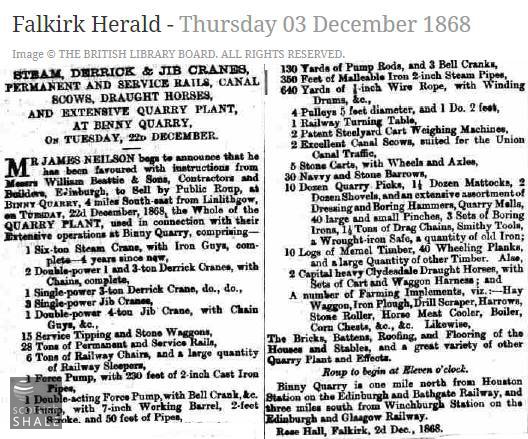
Substantial sale of plant at East Binny, including " 2 excellent canal scows, suited to Union Canal traffic".
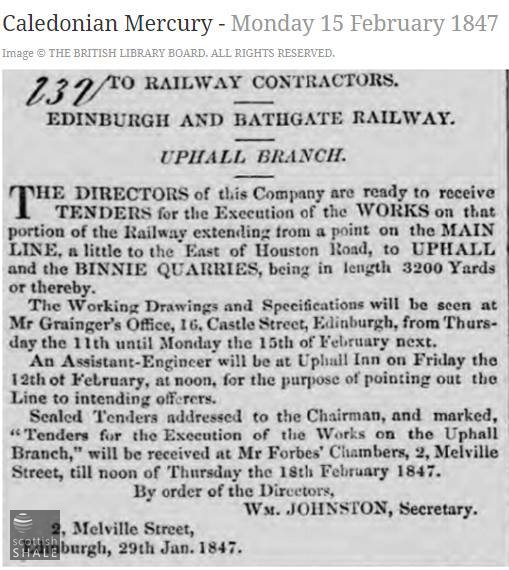
The railway that never was. Plans were abandoned following objections from rival companies.
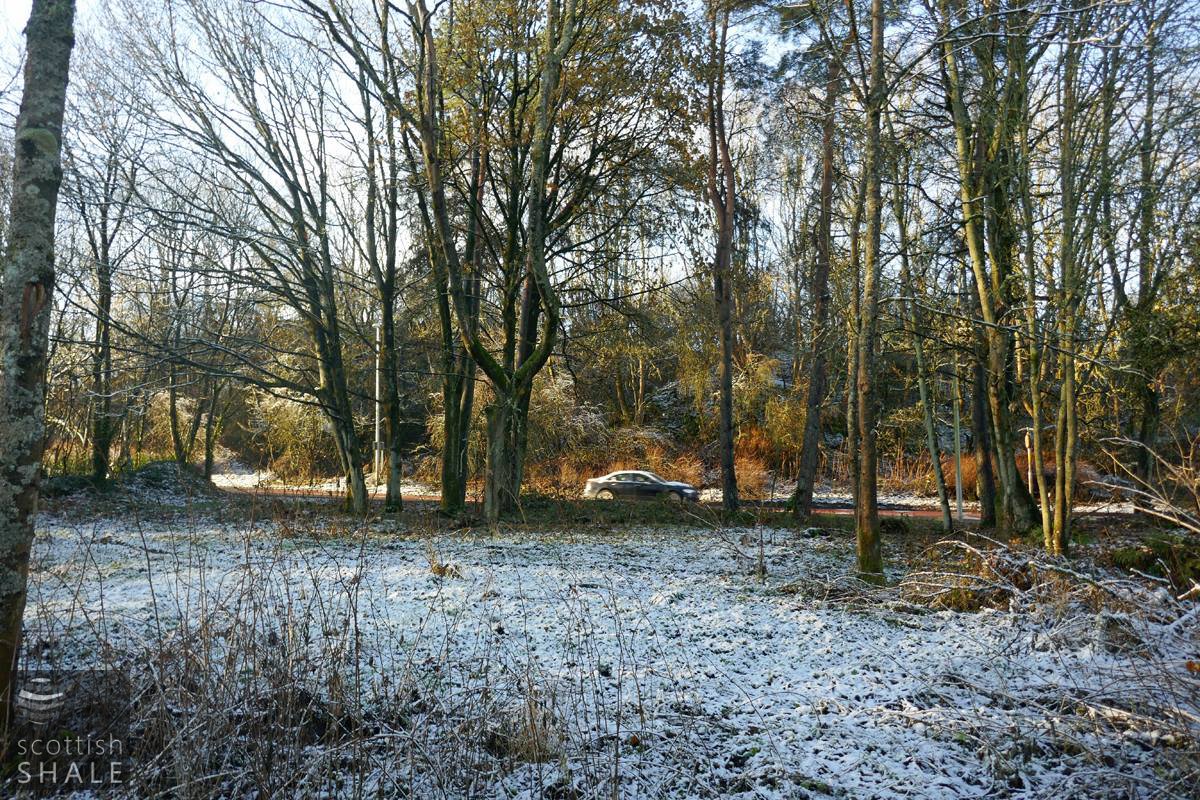
View looking westwards from site of brickworks, across the Ecclesmachan to Uphall road, to the wooded mound of waste materials from the Binnie quarry.

A snowy view across Oatridge golf course and the former site of the East Binny brick works. Beyond the embankment of the Uphall Oil Company's railway survives part of the flooded East Binny quarry.
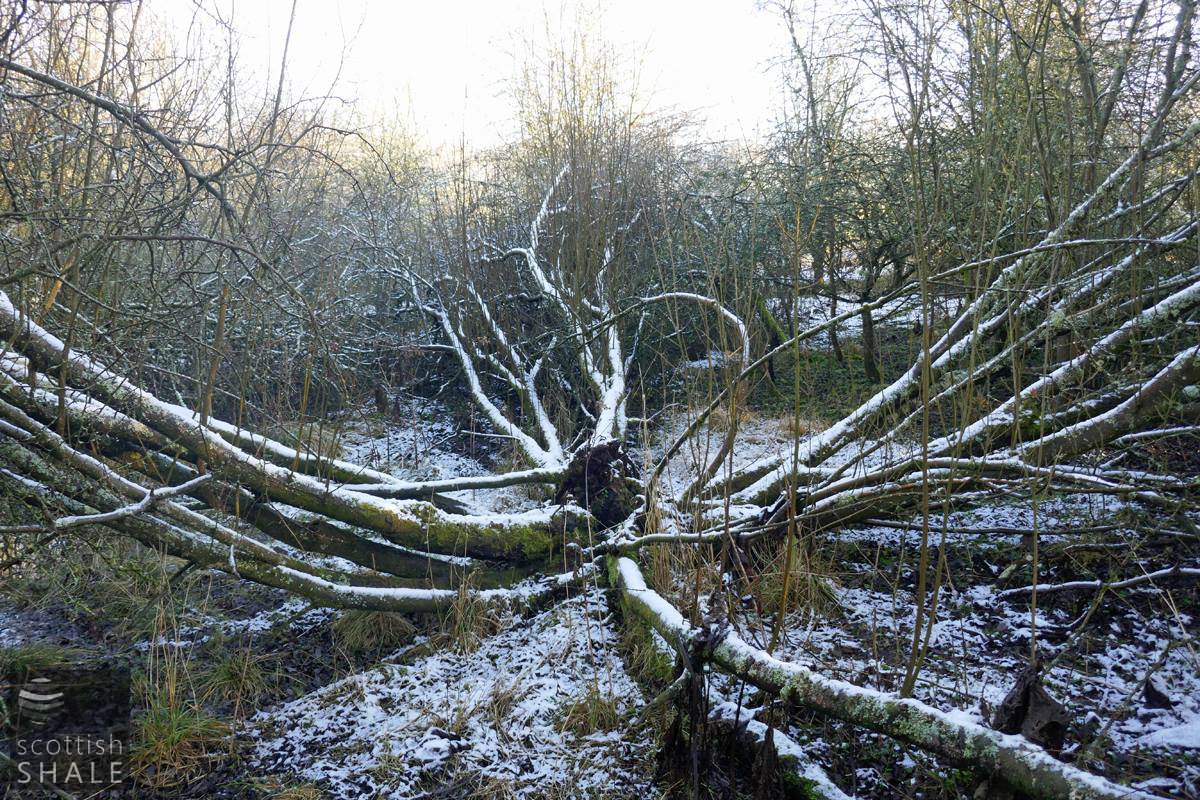
The rather featureless site of the Binny quarry, infilled in the 1960's. A tree seems to have spectacularly collapsed.

Lodge of Binny House (previously East Binny House), presumably constructed from the warm golden local sandstone.
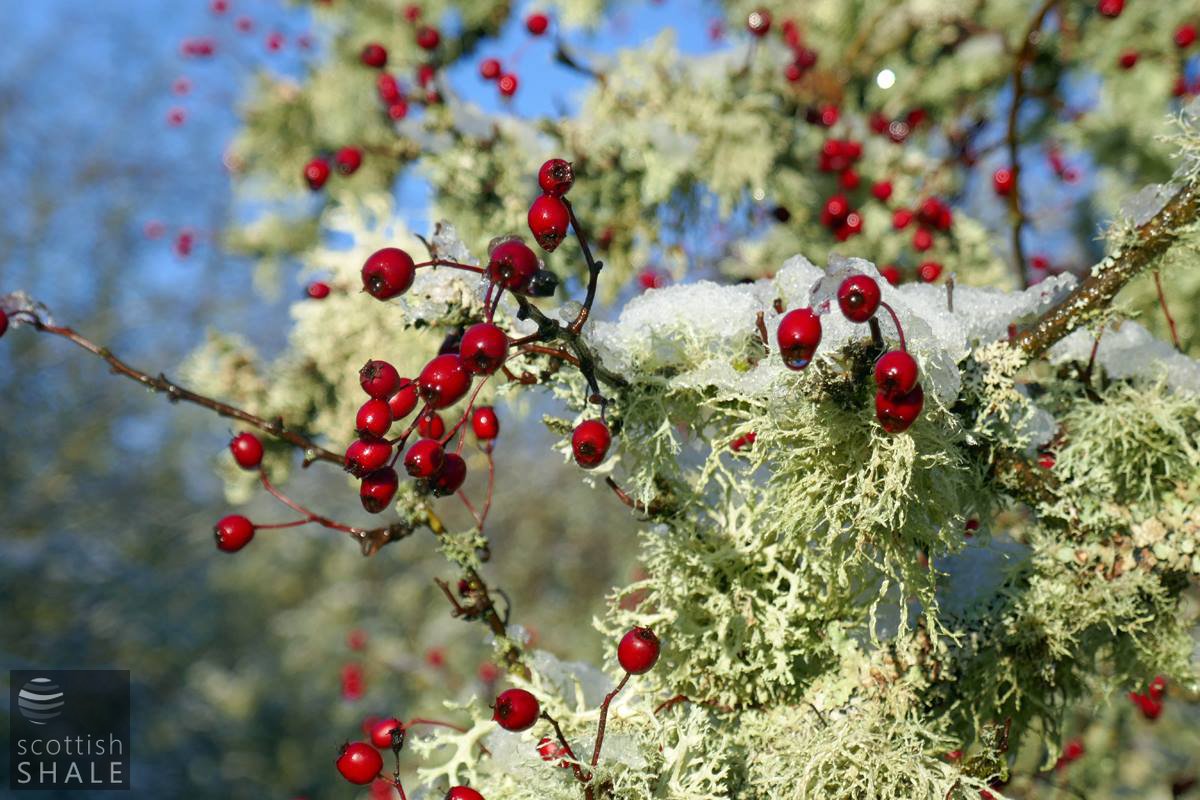
Arty shot of vegetation on the Binny quarry site; hawthorn, lichen, and snow.
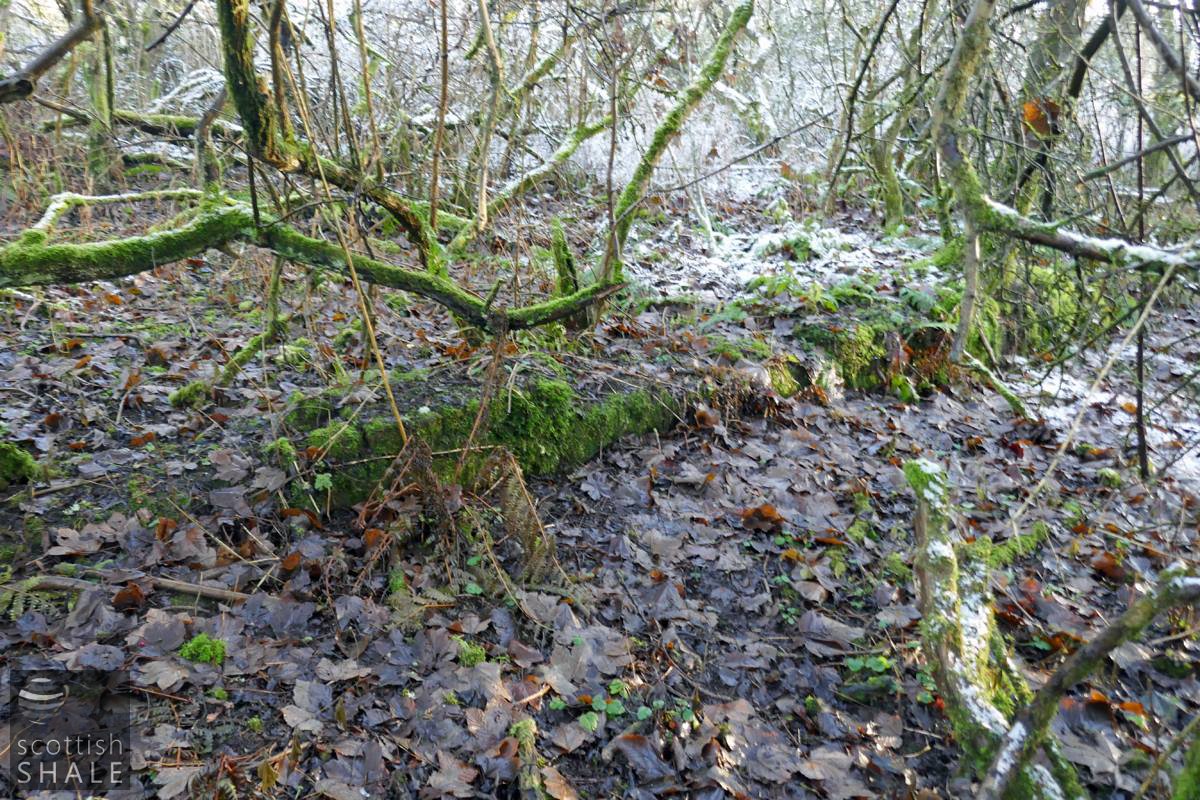
Moss covered wall of firebricks on the former brickworks site on the east side of the road near Binny quarry - perhaps the ruin shown on the 1896 map?